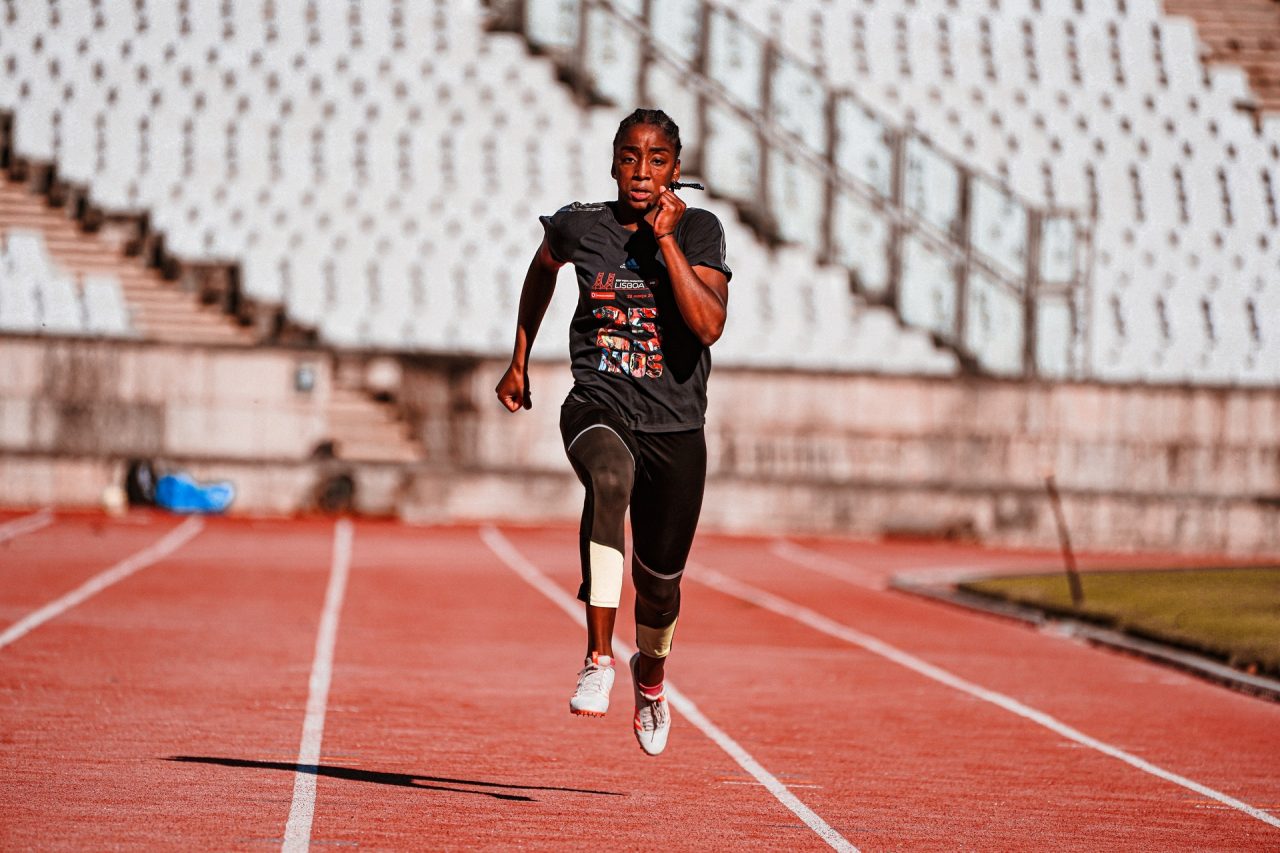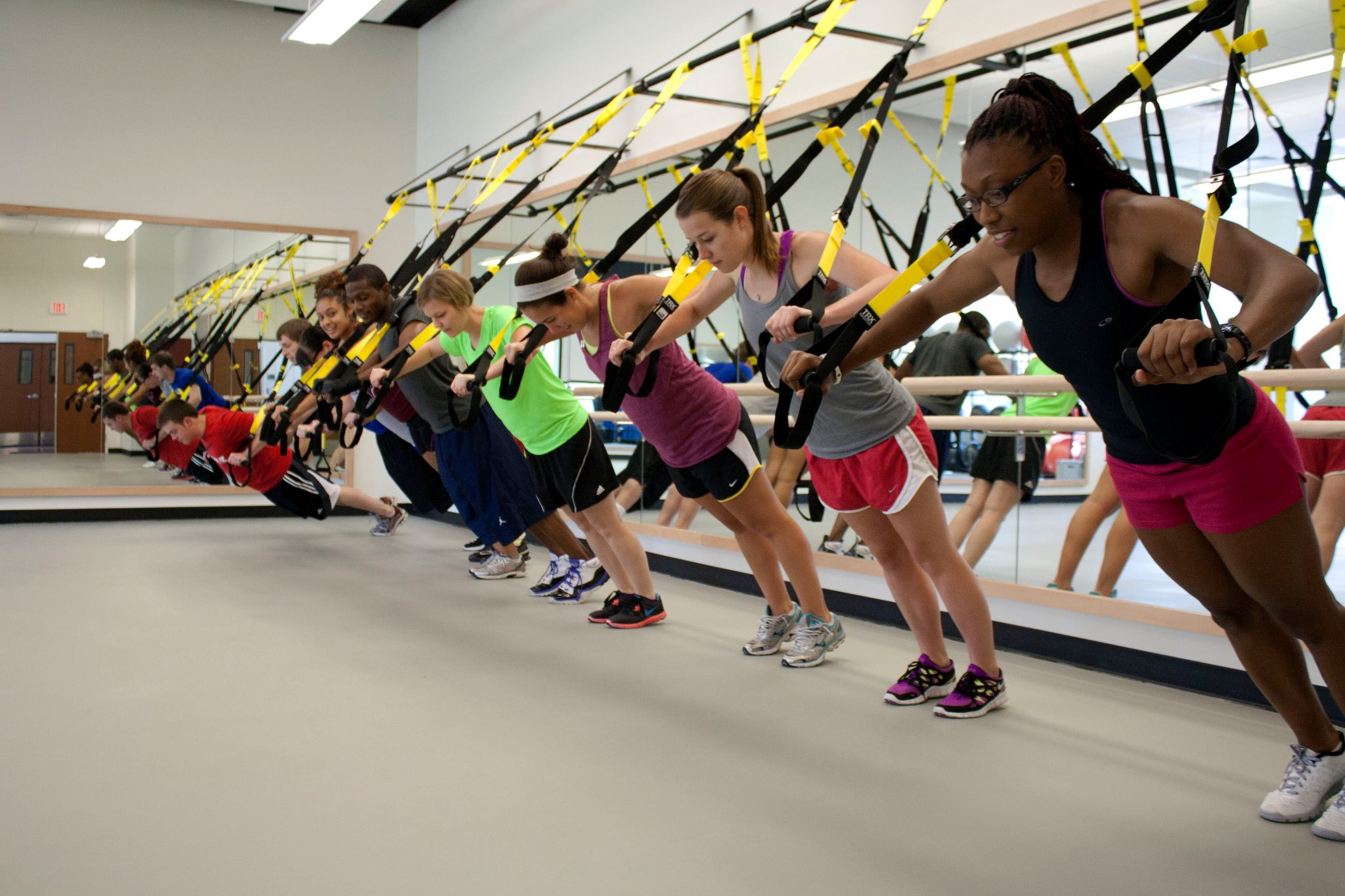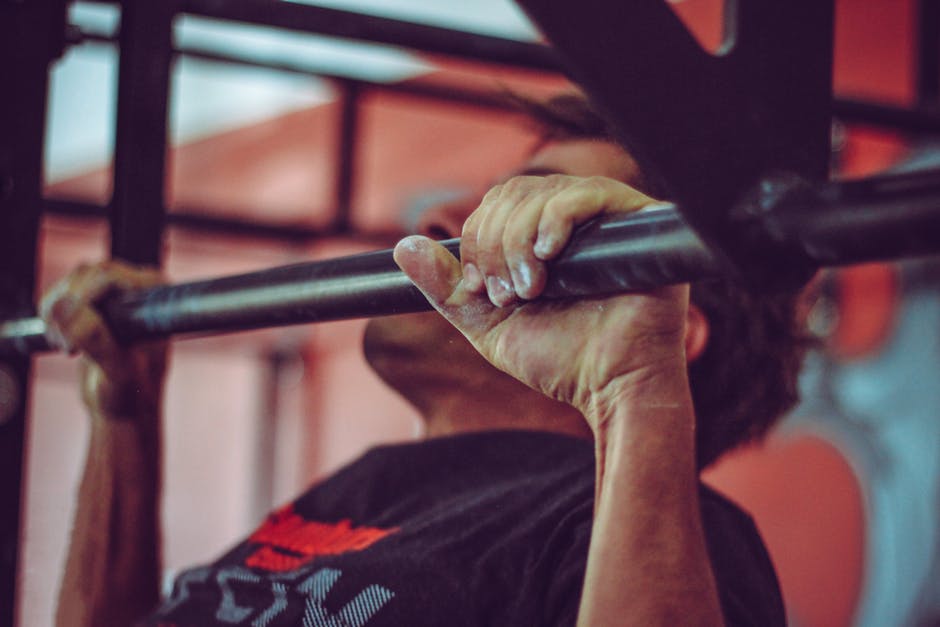As I write this a lot of football programs are beginning off-season work in the spring. Track and field programs are gearing up their workouts as well. This means a lot of athletes are beginning serious speed development programs. One of the things that can come from a speed development program is shin splints.
A lot of things contribute to shin splints. These include footwear, the running surface, increasing volume too much too soon, and a lack of conditioning of the lower extremity. A lot of these things can be addressed. This post is going to talk about conditioning the lower extremity to help prevent shin splints.
Footwear:
Having good shoes matters. Now, not everyone can afford good shoes, so that has to be factored in with the other variables that you can impact during the training program.
Running Surface:
Softer running surfaces, especially early on, are going to help prevent shin splints and help allow the lower extremity to get used to the pounding. Grass is a great surface for speed work. As the athlete gets better conditioned you can start looking at turf and harder tracks.
Volume:
First, realize that adding too much volume too soon can contribute to this problem. To help prevent this, we don’t want to increase our volume by more than 10% each week. For example, on week one of our cycle we’re doing the following speed workouts:
Monday: Sprints, standing starts, 5×20 meters (acceleration emphasis)
Wednesday: Sprints, standing starts, 5×40 meters (max velocity emphasis)
Friday: Sprints, standing starts, 2×200 meters (speed endurance emphasis)
This gives us a weekly volume of 500 meters of sprints. That means in week two we don’t want to increase the volume by more than 50 meters on the week.
Conditioning:
There are a number of simple exercises that can be done for shin splints. These include walking on the toes, straight leg bounds, and ankle hops. These are going to be covered in more detail in future posts. All of these make excellent cool down exercises. If possible, do them on grass with the athletes taking their shoes off.
With this in mind, a speed training session might look something like this:
- Warm up
- Light jog, 200-400 meters
- Mobility exercises, 5-10 minutes
- Sprinting technique drills, 5-10 minutes
- Workout
- Sprints, standing starts, 5×20 meters, full recovery between sprints
- Bounds, 5×20 meters
- Cool down
- Shin splint drills, 5-10 minutes
- Stretching



